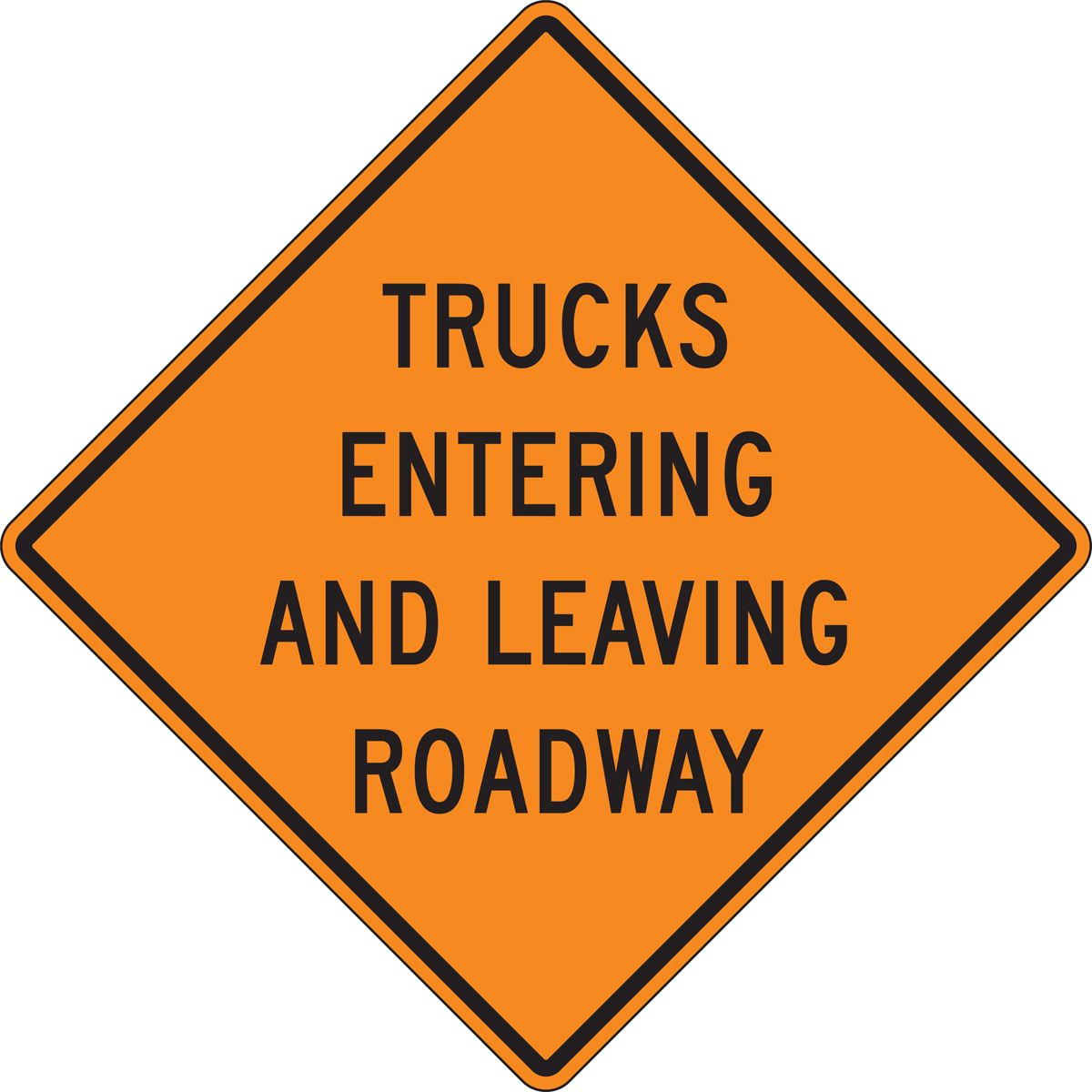Subtotal ₹0.00
Introduction
Welcome to Part VI of our series, Unlock the Economic Secrets, where we delve into the economic indicators that shape the trucking industry. In this article, we’ll explore the Carrier Authority Entries and Exits report—a critical tool for understanding how ‘carriers’ in the trucking industry may perceive the economy at any given time. This report not only reflects the current state of the industry but also provides insights into the broader economic trends that influence the decisions of trucking companies to enter or exit the market.
Understanding the Carrier Authority Entries and Exits Report
The Carrier Authority Entries and Exits report tracks how many new trucking companies are entering the market by obtaining operating authority information from the Federal Motor Carrier Safety Administration (FMCSA). It also shows how many companies are exiting the industry by giving up their authority. This report is a valuable indicator of the health of the trucking industry and reveals how confident—or cautious—’carriers’ are about the economy.
- Entries: When trucks are in high demand, often due to increased manufacturing orders and consumer demand, more people are likely to start trucking companies. These new entries are counted in the report.
- Exits: On the flip side, when the economy slows down and demand decreases, some trucking companies struggle to survive. They may hold on, hoping things will turn around, but eventually, some decide to exit the market. These exits are also recorded in the report.
Click here for a current report through Q2 2024
A Lagging Indicator: What Does It Tell Us?
The Carrier Authority Entries and Exits report is a lagging indicator, meaning it reflects the outcomes of past economic conditions rather than predicting future trends. When you see a lot of entries, it’s often because the market has been strong, with high demand for trucking services. Conversely, when there are many exits, it suggests that economic challenges, like higher costs or reduced demand, have taken their toll on the industry.
Why This Report Matters
This report is a powerful tool for understanding how the trucking industry reacts to economic conditions. It shows us:

- Perception of the Economy: When more carriers enter the market, it often means there’s confidence in the economy. However, if too many carriers enter during a short period, it could lead to oversupply and lower freight rates.
- Market Challenges: High exit rates usually signal that the market is tough—companies might be struggling with rising costs, low demand, or tight margins. This can be a warning sign for those still in the industry to tighten operations or rethink their strategies.
How the Report is Created
The FMCSA tracks all the trucking companies that get operating authority and those that give it up. Here’s how it works:
- New Entries: When a new trucking company gets its authority from the FMCSA, it’s counted as an entry in the report.
- Exits: When a company decides to stop operating and gives up its authority—or if it can no longer meet FMCSA requirements and has its authority revoked—it’s counted as an exit.
The report is updated regularly, providing a snapshot of how the industry is evolving.
Economic Indicators and Their Influence
The decisions to enter or exit the trucking industry don’t happen in a vacuum. They are heavily influenced by various economic indicators, such as the ones we have featured in this series and more:
- Interest Rates: Interest rates play a significant role in shaping the trucking industry. When interest rates are high, borrowing money becomes more expensive, which can push struggling carriers out of the market. However, when interest rates are lowered, like what is expected in Q4 2024, it can encourage economic activity among businesses and consumers. This increased activity often creates more demand for trucking capacity, as goods need to be moved more frequently. Lower rates also reduce the financial burden on carriers, making it easier for them to expand or maintain operations, and potentially leading to more new entries in the market.
- Consumer Price Index (CPI): Rising prices for goods and services increase operating costs for carriers. If these costs become too high, more carriers might exit the market.
- Producer Price Index (PPI): Higher production costs can lead to increased freight rates, which might attract new carriers. However, if costs rise too quickly, it can squeeze margins and force some carriers out.
- Logistics Managers’ Index (LMI): A high LMI suggests strong logistics activity, which could attract new entries. However, if the LMI is too high, it might indicate challenges like logistical bottlenecks, which can be tough for smaller carriers to navigate.
Why Timing is Everything

One of the key takeaways from this report is the importance of timing. Many carriers enter the market when demand is high and the economy is strong. However, some may stay in too long when demand starts to decrease, hoping that the market will rebound. Unfortunately, if they don’t pay attention to the signs of a downturn, they may end up struggling to survive.
That’s why it’s crucial for carriers and others in the industry to closely monitor economic indicators. These indicators can provide early warnings of potential downturns, allowing companies to make informed decisions—whether that’s scaling back, diversifying services, or preparing for leaner times.
Conclusion
The Carrier Authority Entries and Exits report is a window into how the trucking industry responds to economic conditions. By understanding this report and the economic indicators that influence it, carriers, brokers, and shippers can better navigate the ups and downs of the market. As we continue to explore these economic secrets, it becomes clear that staying informed and adaptable is the key to long-term success in the trucking industry.
Stay tuned for the next part of our Economic Indicators series, where we’ll continue to unlock the secrets that drive the trucking industry.


